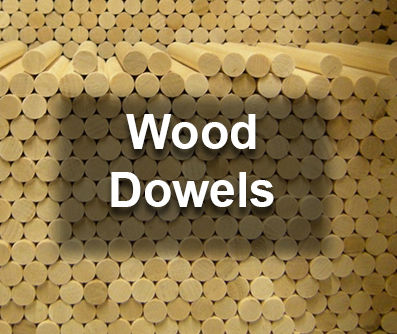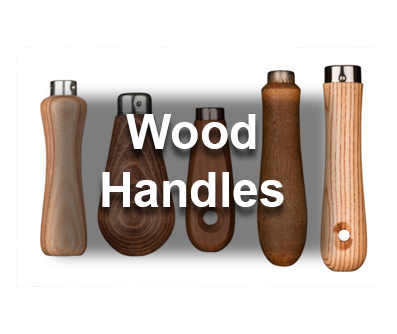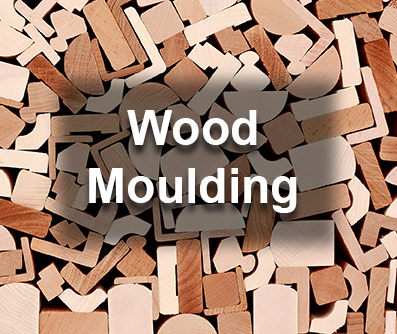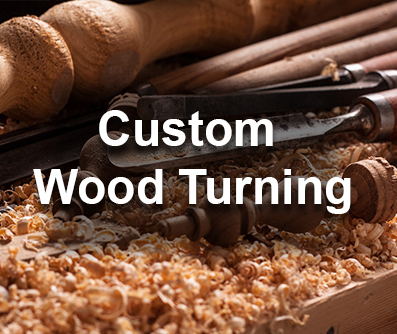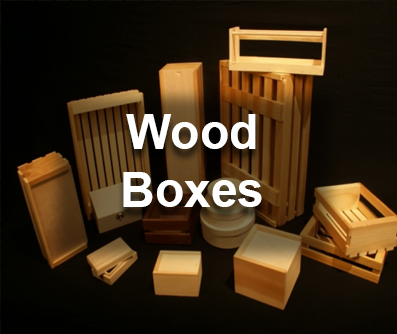Welcome to H. Arnold Wood Turning, Inc.
For over 100 years, we have been the one-stop source for all your made-to-order wooden product requirements.

Struggling to find high-quality wood components that meet your needs?
Sourcing wood parts for your home, business, or projects often involves dealing with multiple suppliers.
This can lead to delays, inconsistencies, and the stress of not knowing whether your order will meet your exact specifications, timeline, and budget.
We understand your pain, and we’re here to offer a better solution.
Who We Are
Since 1919
Arnold Wood is a family-owned business that has been supplying custom wood products to an international client base.
Custom-Made
All of our wood products are fully customized to your unique specifications.
Continental Shipping
We will ship your order anywhere in the continental US and Canada.
Arnold Wood has been the premier one-stop shop for custom wood products for 100+ years.
We take pride in delivering top-quality craftsmanship tailored to your unique requirements.
Whether you’re a business looking to elevate your projects with bespoke wood parts or a homeowner seeking to add a touch of elegance to your living space, we’ve got you covered.
We invite you to browse through our full range of products below.
Select an image to get started.
We also offer a broad range of custom capabilities.
What Our Customers Have To Say
The porch spindles arrived on Friday – they look great! Thanks so much for the outstanding job you did on the spindles and the balusters. It’s going to look the way it did at the turn of the 20th century!
THANK YOU! The balusters arrived today in perfect condition. What wonderful craftsmanship. I could not be more pleased.
H. Arnold Wood Turning provided exceptional customer service throughout the entire process of duplicating balusters during the restoration of a 120-year-old historic building located in Newport, RI. Beyond customer service, the careful duplication of various balusters during production enabled the craftsman to restore the stair railing system to appear entirely original. Thanks so much for the pleasant service experience and exceptional products!
Balusters arrived and they are perfect! Thanks!
I received my balusters yesterday and I just wanted to let you know how impressed I was with the finished product. Also would like to thank you for your professional and personal attitude with me. It seems that’s becoming a thing of the past these days. Enjoyed doing business with you.
The newels have arrived and they are amazing. Once they are installed I will send you pictures. Just love them!
Absolutely gorgeous parts, and so well-packed. You have such a solid professional business. The parts are so nice that it’s a pleasure to finish and assemble them now. Thank you so much.
Thank you for your excellent service and for the highest quality product that you produce for my company. I can’t begin to tell you how impressed I am with the workmanship of your craftspeople. Please pass along my appreciation.
We just received the box with all of our materials inside, and it’s so perfect! I can’t express how happy we are right now. Thank you all so, so much! You’ve helped make the last few months of craziness completely worth it!
You made 500 garden tool handles for us a month or so ago and I just wanted to say that they are working out great. The quality is very good, they are beautiful and people love them.


